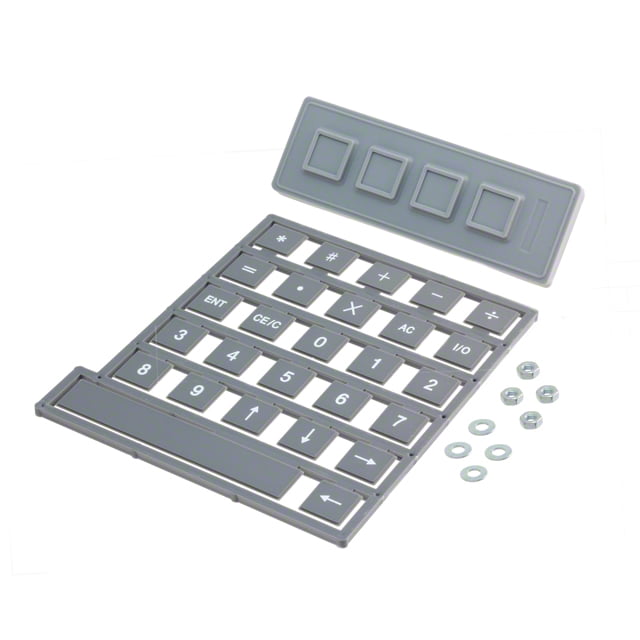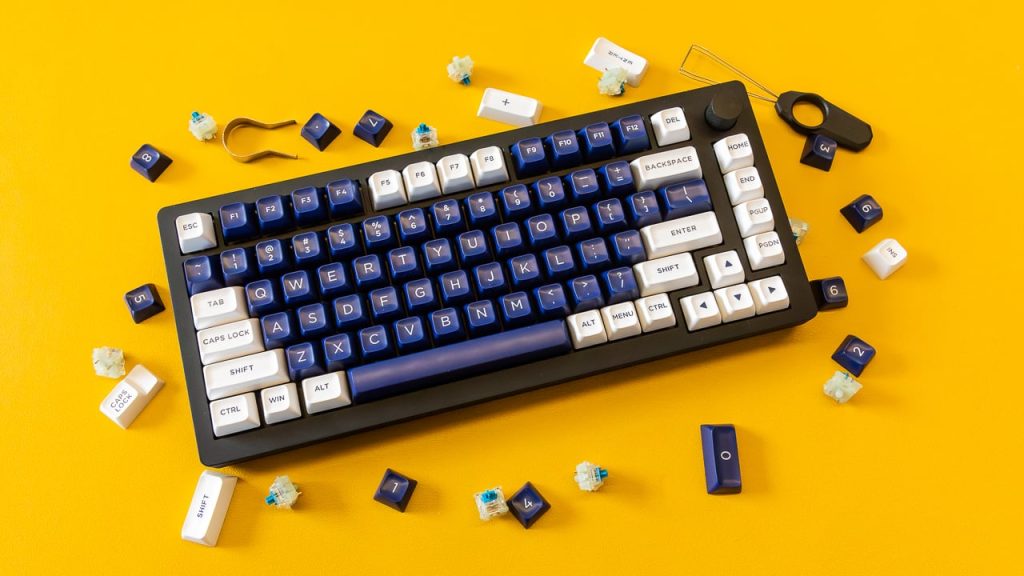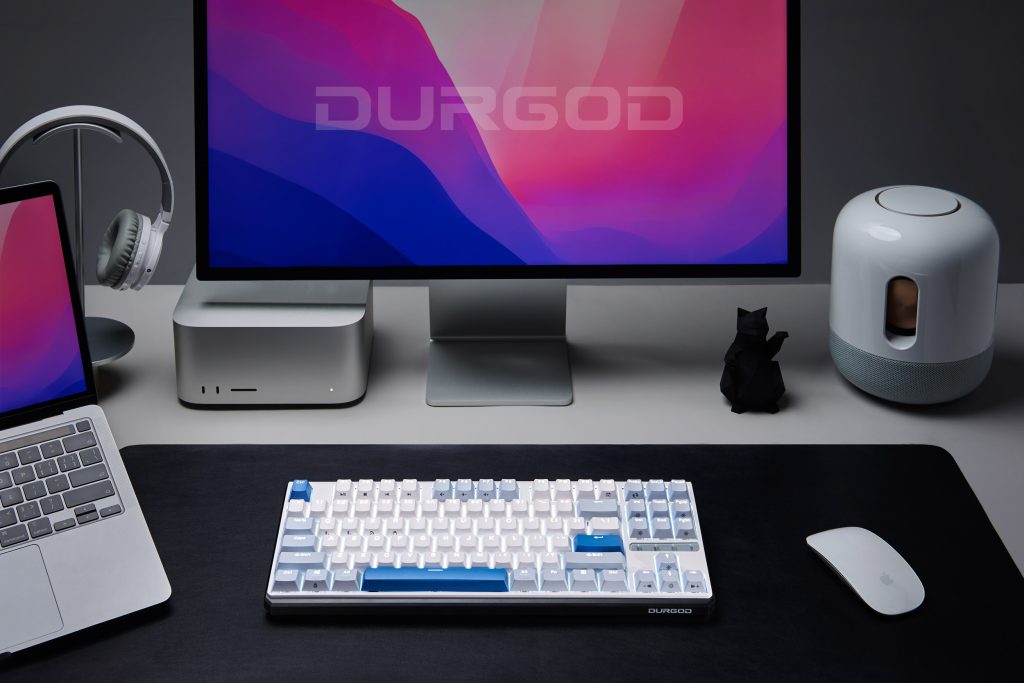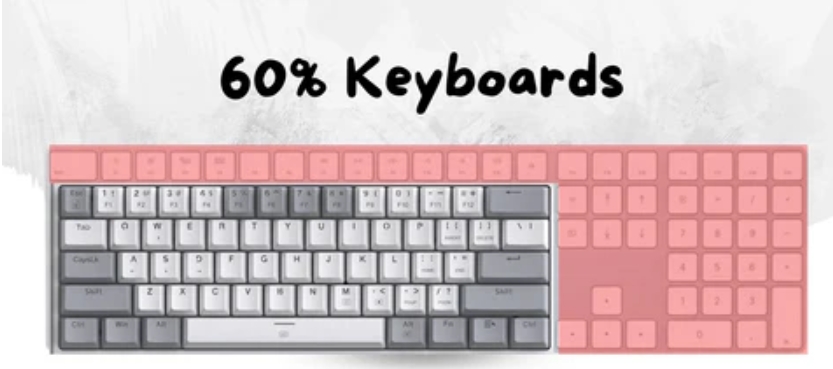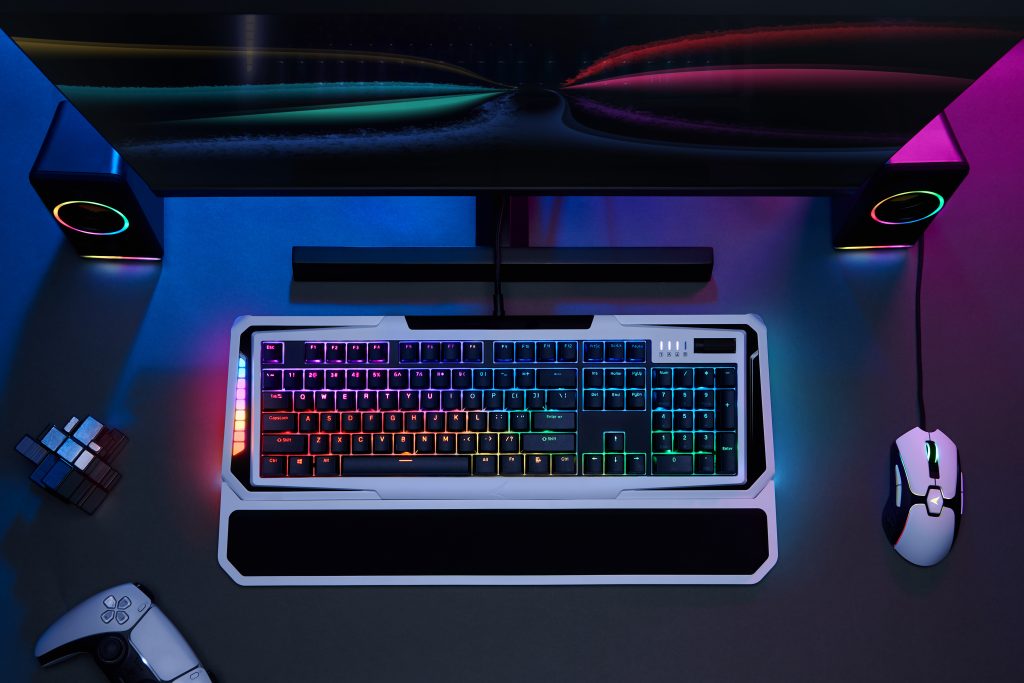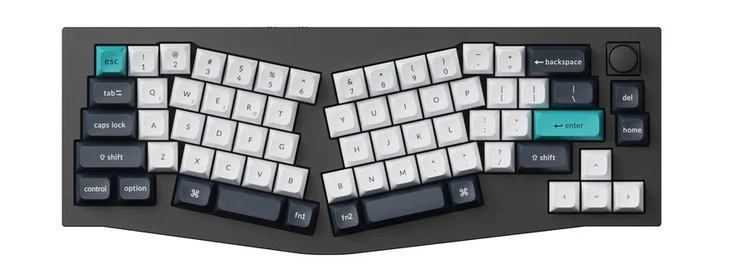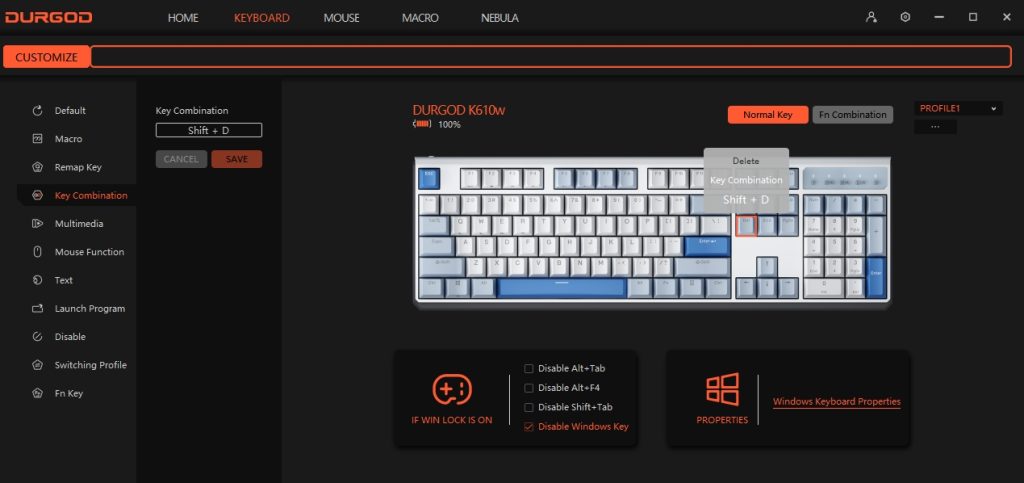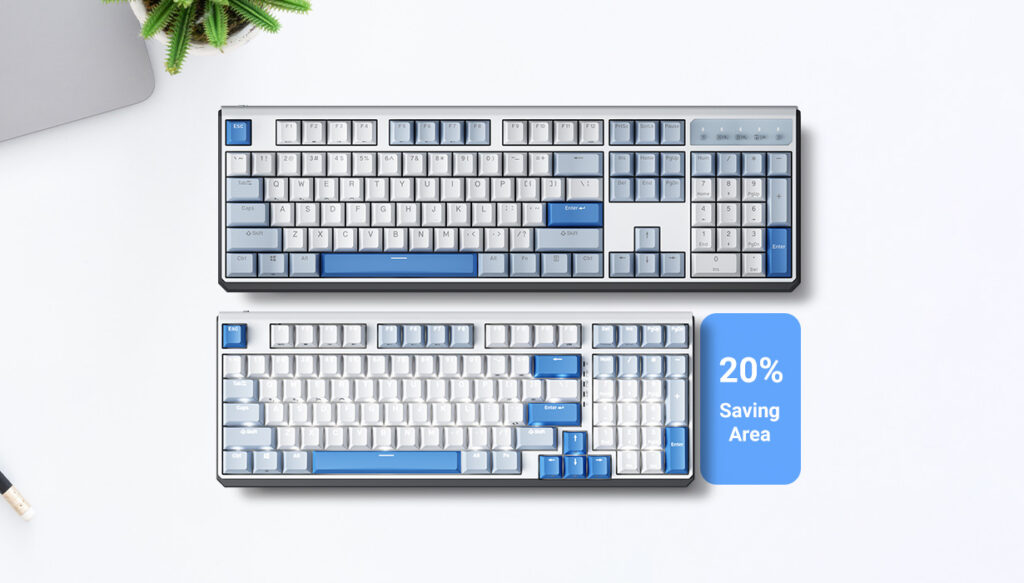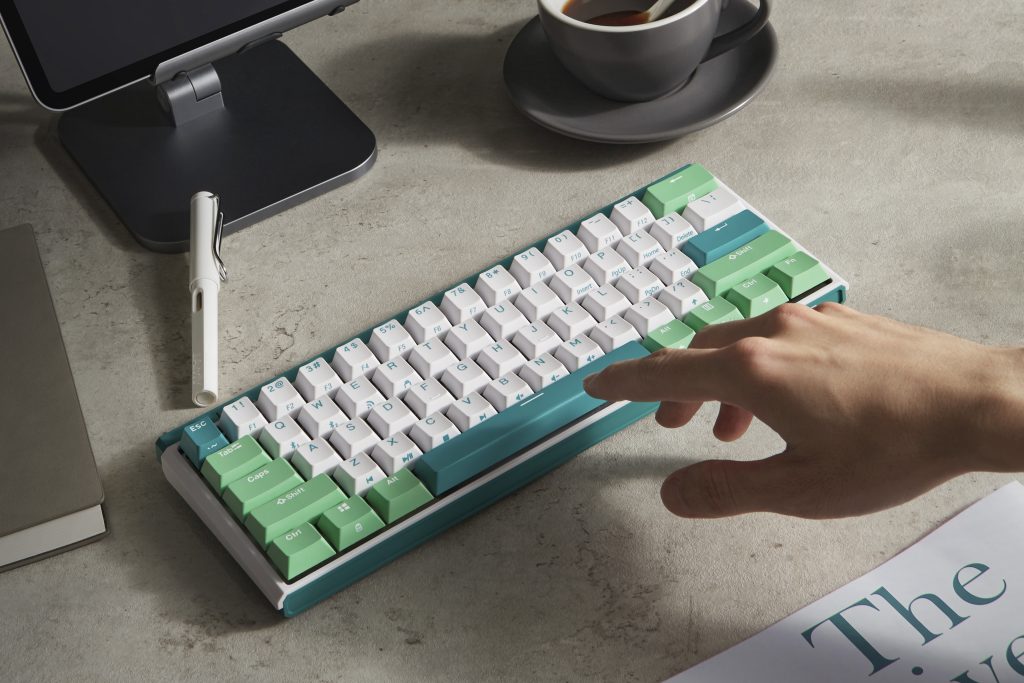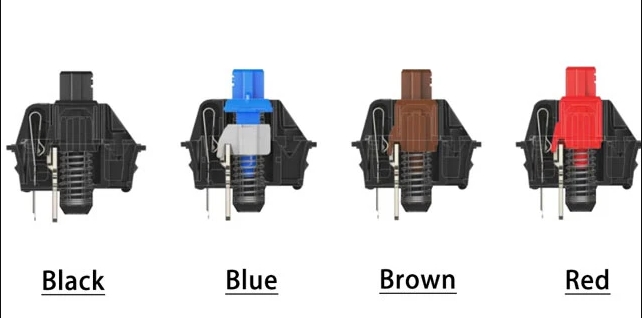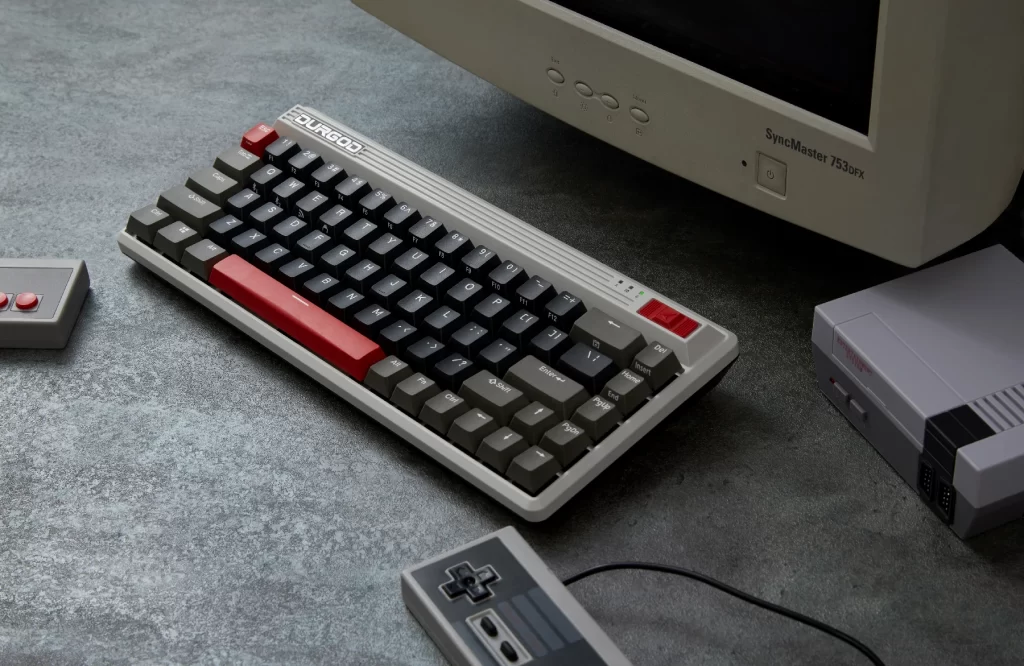Conductive adhesive keyboards find their niche not only in consumer electronics and specific industrial or medical applications but also in several other areas where their unique properties are particularly beneficial. Beyond the applications mentioned, here are more environments and devices where conductive adhesive keyboards are used:
Educational Tools
In educational settings, especially in computer labs or devices used by young learners, the durability and cost-effectiveness of conductive adhesive keyboards make them a practical choice. Their quiet operation is an added benefit in classroom environments.
Point of Sale (POS) Systems
The reliability and low-profile design of conductive adhesive keyboards suit the demands of POS systems in retail and hospitality. Their durability ensures they can withstand high-frequency use typical in these settings.
Portable Electronics
Given their slim design, conductive adhesive keyboards are ideal for portable electronic devices where space saving is crucial. This includes foldable gadgets or those requiring a slim form factor without compromising keyboard functionality.
Automotive Applications
In the automotive industry, these keyboards can be integrated into vehicle systems where direct interaction is required. Their durability and reliability are key in environments that experience vibrations and temperature fluctuations.
Accessibility Devices
Devices designed for accessibility purposes, such as communication aids for individuals with disabilities, often utilize conductive adhesive keyboards due to their customizable nature. The potential for varied key textures and resistances can be tailored to specific needs.
Military and Aerospace
The robustness and reliability of conductive adhesive keyboards cater to the stringent requirements of military and aerospace applications. Their ability to operate in diverse conditions without failure is critical in such high-stakes environments.
Wearable Technology
As wearable technology advances, the need for input devices that can integrate into compact and flexible form factors grows. Conductive adhesive keyboards offer a solution that complements the evolving design of wearable gadgets.
Home Appliances
Modern home appliances, such as smart ovens and refrigerators with interactive displays, benefit from the incorporation of conductive adhesive keyboards. Their low profile and quiet operation enhance the user interface of these devices without adding bulk.
In each of these applications, conductive adhesive keyboards offer a blend of performance, durability, and design flexibility that is hard to match with traditional mechanical or membrane keyboards. Their widespread use across various sectors underscores their versatility and the significant advantages they bring to the table.



